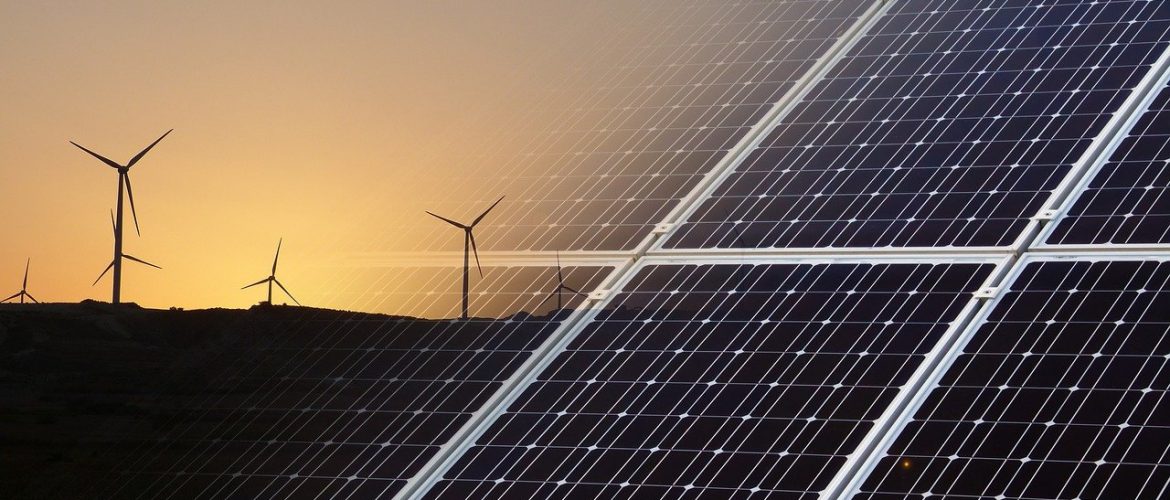Renewables took the lead despite a 42.6% jump in fossil gas-fired power generation in the first quarter of 2024, compared to the same period in 2023. A 10-year low in net imports (624 GWh), down 71.6% year-on-year.
According to the latest available monthly data from the Greek IPTO (ADMIE) for the interconnected network (March 2024):
Renewables (excluding large hydro) maintained the lead in electricity production in the first three months of 2024 for the second consecutive year with an output of 5,934 GWh, surpassing fossil gas and lignite combined (4,975 GWh) by 959 GWh. In the first quarter of 2023, renewables exceeded fossil fuels by 928 GWh.
Fossil gas was second (3,925 GWh), returning to 2021 levels. It marked a 42.6% increase compared to the first three months of 2023. Lignite was third with 1,050 GWh – this was the lowest production in the first three months of any year (at least) in the last decade – and then large hydro was fourth with 902 GWh. Net imports came in last place with 624 GWh – they were the lowest of the last decade, compared to the first quarter of any year.
The large increase in fossil gas (+1,172 GWh) and the smaller in renewables (+808 GWh), in the first quarter of 2024 compared to the same period of 2023, covered the sharp drop in net imports (-1,571 GWh), the smaller decrease in lignite (-794 GWh) and the small increase in demand (+88 GWh).
This is a reversion of the situation up until last month, during which there was a larger increase in renewables compared to the increase in fossil gas, and as a result renewables contributed more to the coverage of the increasing demand. In fact, the difference is even greater compared to the trend until the end of 2023, when a large decrease in fossil gas was recorded, which – together with the decrease in lignite and hydropower – was offset by an increase in net imports and renewables.
The corresponding percentage changes in the first three months of 2024, compared to 2023, were:
Lignite: -27.3%
Fossil Gas: +42.6%
Renewables: +15.8%
Hydroelectric: +9%
Net imports: -71.6%
Demand: +0.7%
Clean energy from renewables and large hydro (6,836 GWh) in the first three months of 2024 was the highest of the decade, up by 14.8% compared to the first three months of 2023 (5,953 GWh). In fact, it exceeded by 1,861 GWh the electricity production from fossil fuels (4,975 GWh), which also recorded a smaller increase (+18.5%).
Clean energy surpassed fossil fuels for the first time in the first three months of 2021, but by a much smaller margin (just 682 GWh). The corresponding gap in 2023 was also lower (1,755 GWh).
Renewables together with hydro in the first three months of the year had a share of demand coverage well above 50% (55%). The previous high was recorded in 2021 (49.2%), mainly due to the increased contribution of large hydro. In 2023 the corresponding share of clean energy was 48.2%.
The increase of the contribution of renewables and large hydro to domestic electricity production was even greater, as together they had a share of 57.9% in the first three months of 2024, marking a slight decrease compared to the corresponding performance in 2023 (58.6%).
The share of renewables in meeting demand (excluding large hydro) was also high, with a share of 47.7%, almost 6 percentage points above the previous high of the first three months of 2023 (41.5%). The rest of the demand in the first three months of 2024 was met by fossil gas with a share of 31.6%, lignite with 8.4%, large hydro with 7.2% and net imports with just 5%.
In March 2024:
- Lignite production (286 GWh) was the lowest in 10 years for the month of March, 33.4% smaller than the previous low of March 2023 (429 GWh).
- Monthly net imports (98 GWh) were the lowest of the last decade, except for 8 months in which we had net exports.
Electricity consumption in the first three months of 2024 (12,439 GWh) increased by 0.7% compared to the same period last year, while it decreased by 5.8% compared to the average of the last five years.
Demand growth is declining, as it increased by 6.9% in the first month of 2024 compared to 2023, and by 2.5% in the first two months of 2024 compared to the same period in 2023.



























































































































































































































































































